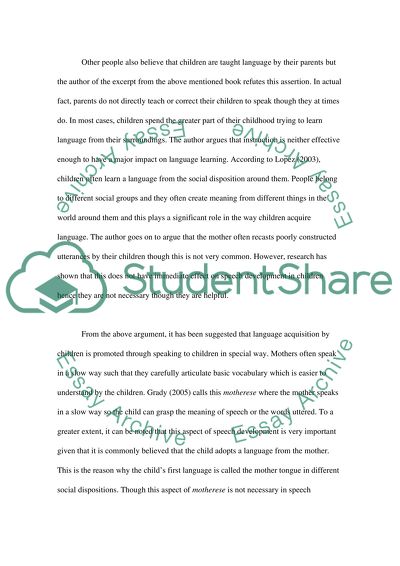Cite this document
(“Early Childhood Studies Essay Example | Topics and Well Written Essays - 3000 words”, n.d.)
Retrieved from https://studentshare.org/education/1396704-early-childhood-studies
Retrieved from https://studentshare.org/education/1396704-early-childhood-studies
(Early Childhood Studies Essay Example | Topics and Well Written Essays - 3000 Words)
https://studentshare.org/education/1396704-early-childhood-studies.
https://studentshare.org/education/1396704-early-childhood-studies.
“Early Childhood Studies Essay Example | Topics and Well Written Essays - 3000 Words”, n.d. https://studentshare.org/education/1396704-early-childhood-studies.


